Millisecond pulsar binaries may produce the excess 511 keV photons seen in the galaxy. These systems could expose hidden pulsars and even exoplanets. Many astrophysicists devote their work to tracing the origins of photons, since certain types are closely linked to specific cosmic processes. Iden
Category: physics – Page 18
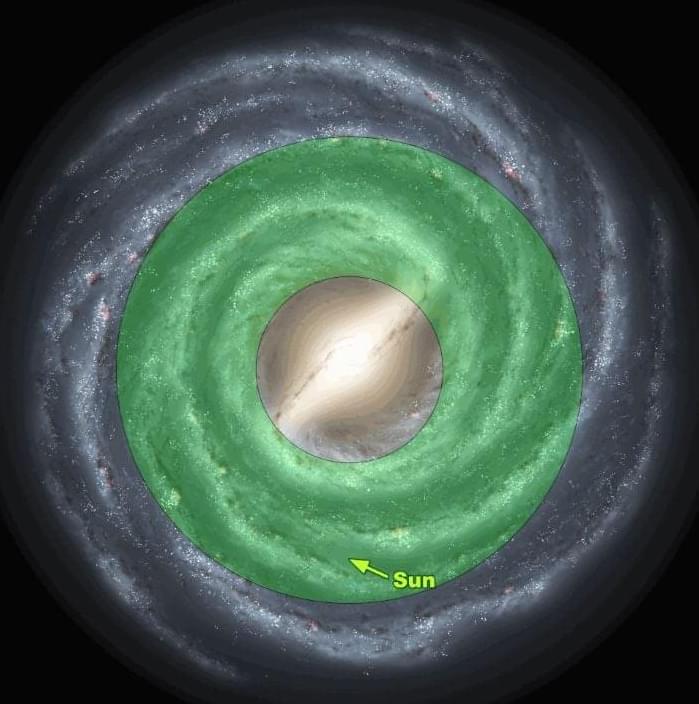
Habitable planet potential increases in the outer galaxy
What can the galactic habitable zone (GHZ), galactic regions where complex life is hypothesized to be able to evolve, teach scientists about finding the correct stars that could have habitable planets?
This is what a recent study accepted for publication in Astronomy & Astrophysics hopes to address as an international team of researchers investigated a connection between the migration of stars, commonly called stellar migration, and what this could mean for finding habitable planets within our galaxy. This study has the potential to help scientists better understand the astrophysical parameters for finding habitable worlds beyond Earth and even life as we know it. The findings are published on the arXiv preprint server.
For the study, the researchers used a series of computer models to simulate how stellar migration could influence the location and parameters of the GHZ. The models included scenarios both with and without stellar migration to ascertain the statistical probabilities for terrestrial (rocky) planets forming around stars throughout the galaxy. The researchers also used a chemical evolution model to ascertain the formation and evolution of our galaxy, specifically regarding its thickness.
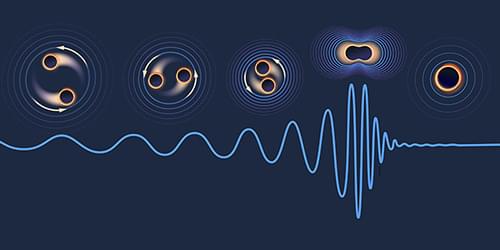
Landmark Black Hole Test Marks Decade of Gravitational-Wave Discoveries
The clearest black hole merger signal ever measured has allowed researchers to test the Kerr nature of black holes and validate Stephen Hawking’s black hole area theorem.
Gravitational-wave astronomy is moving at breakneck speed. Just over a decade ago, the direct detection of gravitational waves was considered an elusive goal—perpetually said to be “five-to-ten years away.” Then came the 2015 breakthrough: the first observed merger of two black holes, known as GW150914 [1]. Detections have since become routine, with a catalog of black hole mergers now numbering in the hundreds. There is even evidence for a gravitational-wave background at nanohertz frequencies, plausibly sourced by a population of supermassive black hole binaries throughout the Universe. Now the LIGO detectors have captured the clearest merger signal ever recorded, GW250114 [2]. From such a signal, the LIGO-Virgo-KAGRA (LVK) Collaboration was able to draw two spectacular conclusions. First, it confirmed that the nature of the merging objects is consistent with that of Kerr (spinning) black holes.

Turbulence with a twist: New work shows fluid in a curved pipe can undergo discontinuous transition
Turbulence is everywhere, yet much about the nature of turbulence remains unknown. During the last decade, physicists have discovered how fluids in a pipe or similar geometry transition from a smooth, laminar state to a turbulent state as their speed increases.
Surprisingly, in the newly emerging consensus, the process could be understood using statistical mechanics, not fluid mechanics, and was mathematically equivalent to the way in which water percolates down through a coffee filter.
In a new twist, UC San Diego researchers Guru K. Jayasingh and Nigel Goldenfeld have now predicted that if the pipe is sufficiently curved, the transition can become discontinuous, with the turbulent fraction undergoing a jump beyond a critical flow velocity. This jump is mathematically similar to the way in which water can suddenly and discontinuously turn into ice if cooled below the freezing temperature.
90% Chance: Physicists Predict a Black Hole Could Explode This Decade
UMass Amherst physicists believe such an explosion could occur within the next decade, potentially “revolutionizing physics and rewriting the history of the universe.” Physicists have long thought that black holes end their lives in rare explosions that occur, at most, once every 100,000 years. N
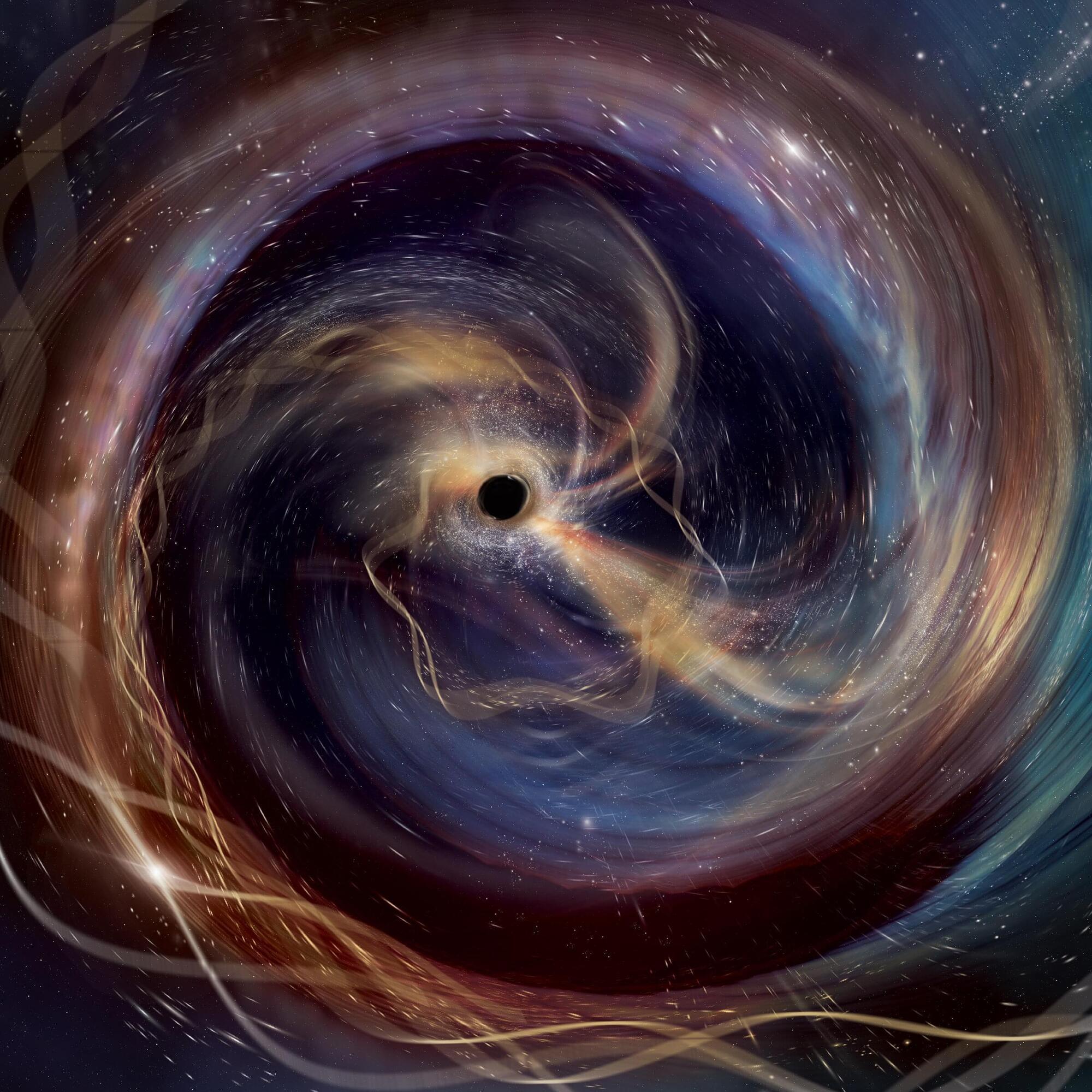
Hawking and Kerr black hole theories confirmed by gravitational wave
Scientists have confirmed two long-standing theories relating to black holes—thanks to the detection of the most clearly recorded gravitational wave signal to date.
Ten years after detecting the first gravitational wave, the LIGO-Virgo-KAGRA Collaboration has (10 Sep) announced the detection of GW250114—a ripple in spacetime which offers unprecedented insights into the nature of black holes and the fundamental laws of physics.
The study confirms Professor Stephen Hawking’s 1971 prediction that when black holes collide, the total event horizon area of the resulting black hole is bigger than the sum of individual black holes—it cannot shrink.
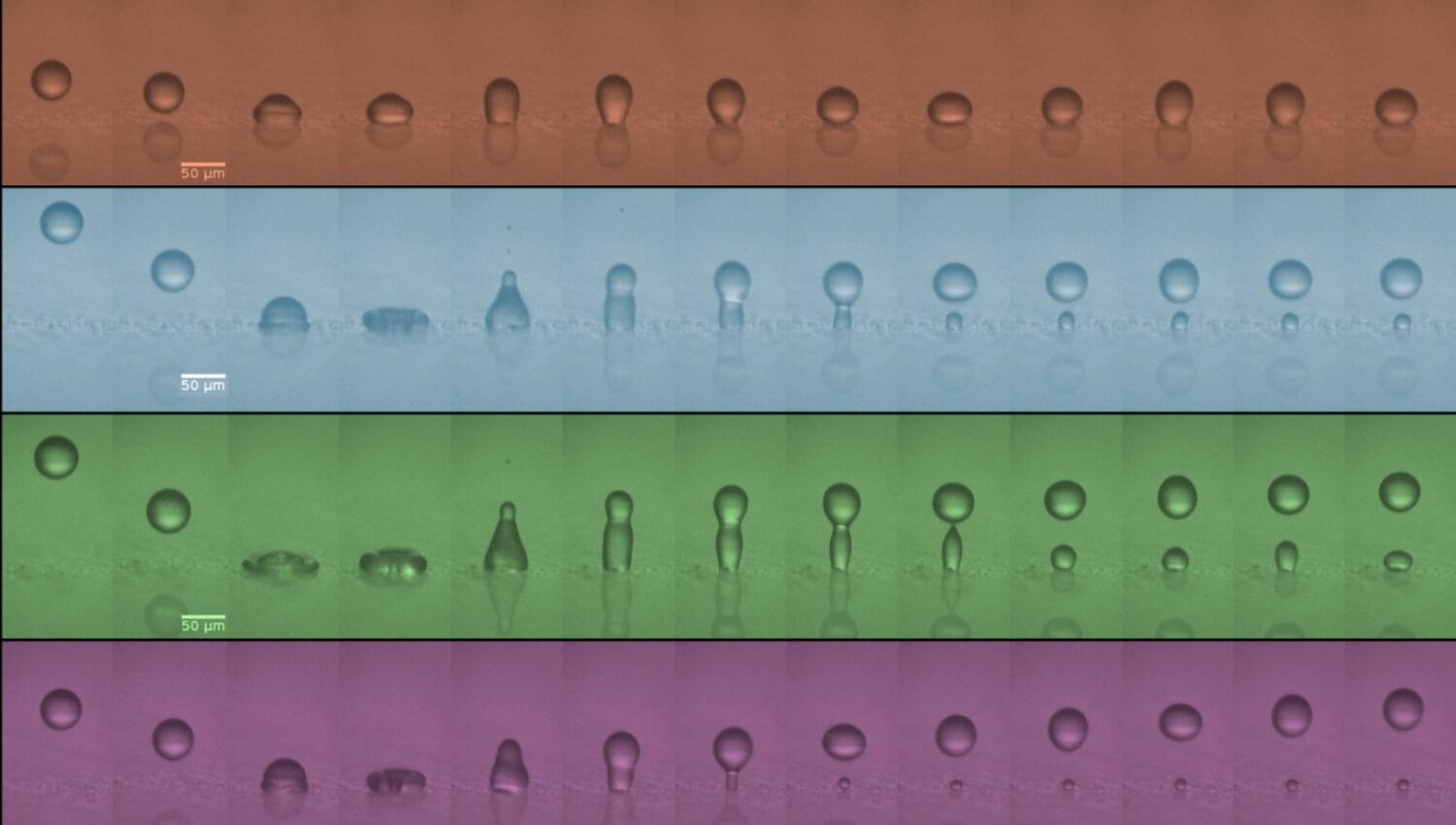
Why tiny droplets stick or bounce: The physics of speed and size
When a droplet of liquid the size of a grain of icing sugar hits a water-repelling surface, like plastics or certain plant leaves, it can meet one of two fates: stick or bounce. Until now, scientists thought bouncing depended only on how repellent the surface was and how the droplet lost its impact energy. Speed, they assumed, didn’t matter.
Now, new research published in the Proceedings of the National Academy of Sciences, shows that speed is actually the deciding factor—and that droplets only bounce within a “Goldilocks zone,” or just the right speed range.
“Bouncing only happens in a very narrow speed window,” said Jamie McLauchlan, first author of the study and Ph.D. student at the University of Bath.
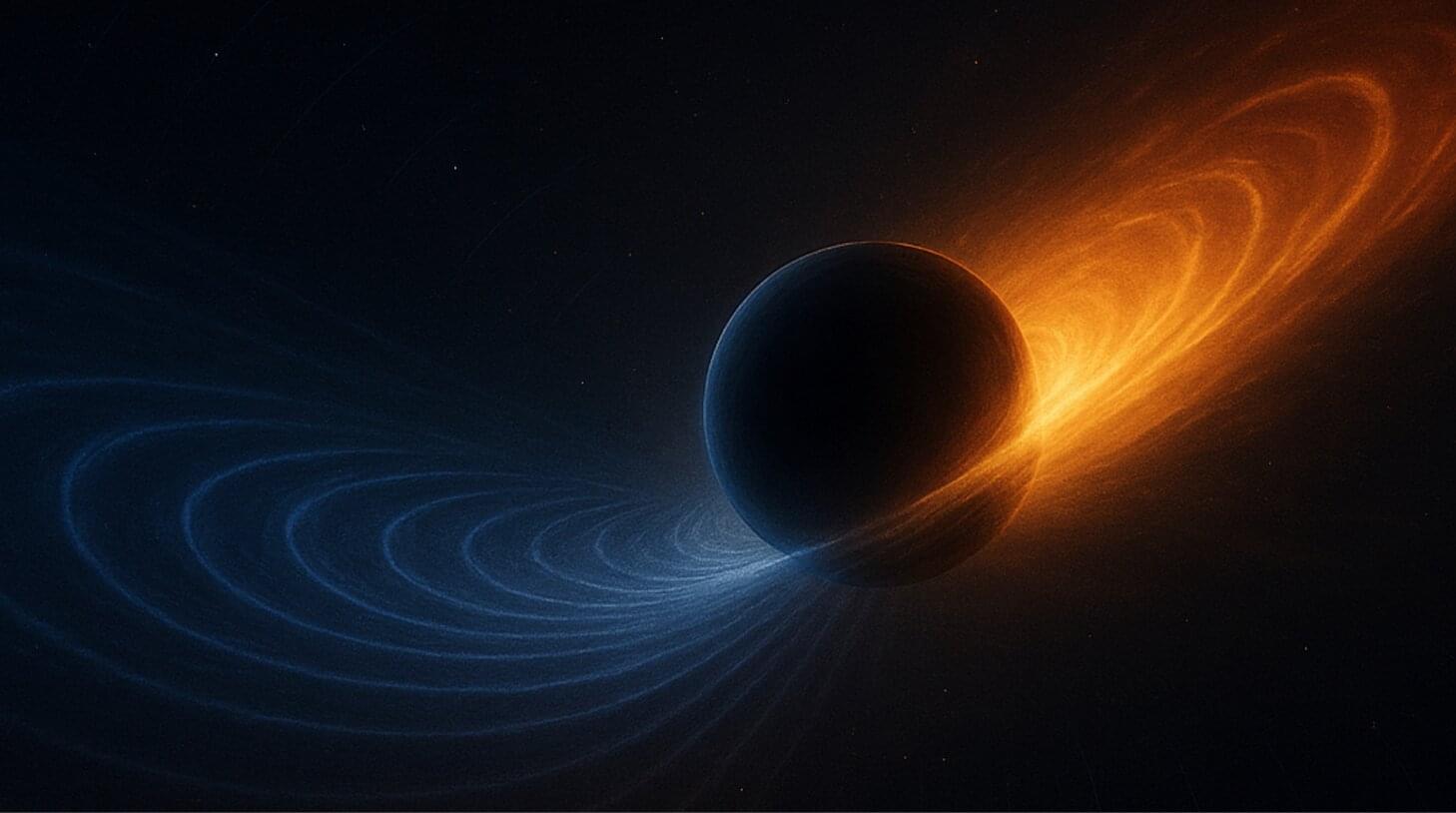
First-ever complete measurement of a black-hole recoil achieved thanks to gravitational waves
A team of researchers led by the Instituto Galego de Física de Altas Enerxías (IGFAE) from the University of Santiago de Compostela (Spain) has measured for the first time the speed and direction of the recoil of a newborn black hole formed through the merger of two others. The result, published today in the journal Nature Astronomy, offers new insights into some of the most extreme events in the universe.
Gravitational waves (GWs) are ripples in the fabric of spacetime that travel away from their sources at the speed of light, encoding information about them. They provide a completely novel information channel that allows us to observe astrophysical phenomena that do not emit light—such as black hole mergers—and obtain new information about processes that do—such as supernovae or neutron-star mergers.
While Einstein predicted the existence of GWs in 1916, they are so weak that detecting them requires incredibly sensitive detectors and extremely violent astrophysical events such as black-hole mergers, supernovae or the Big Bang itself.
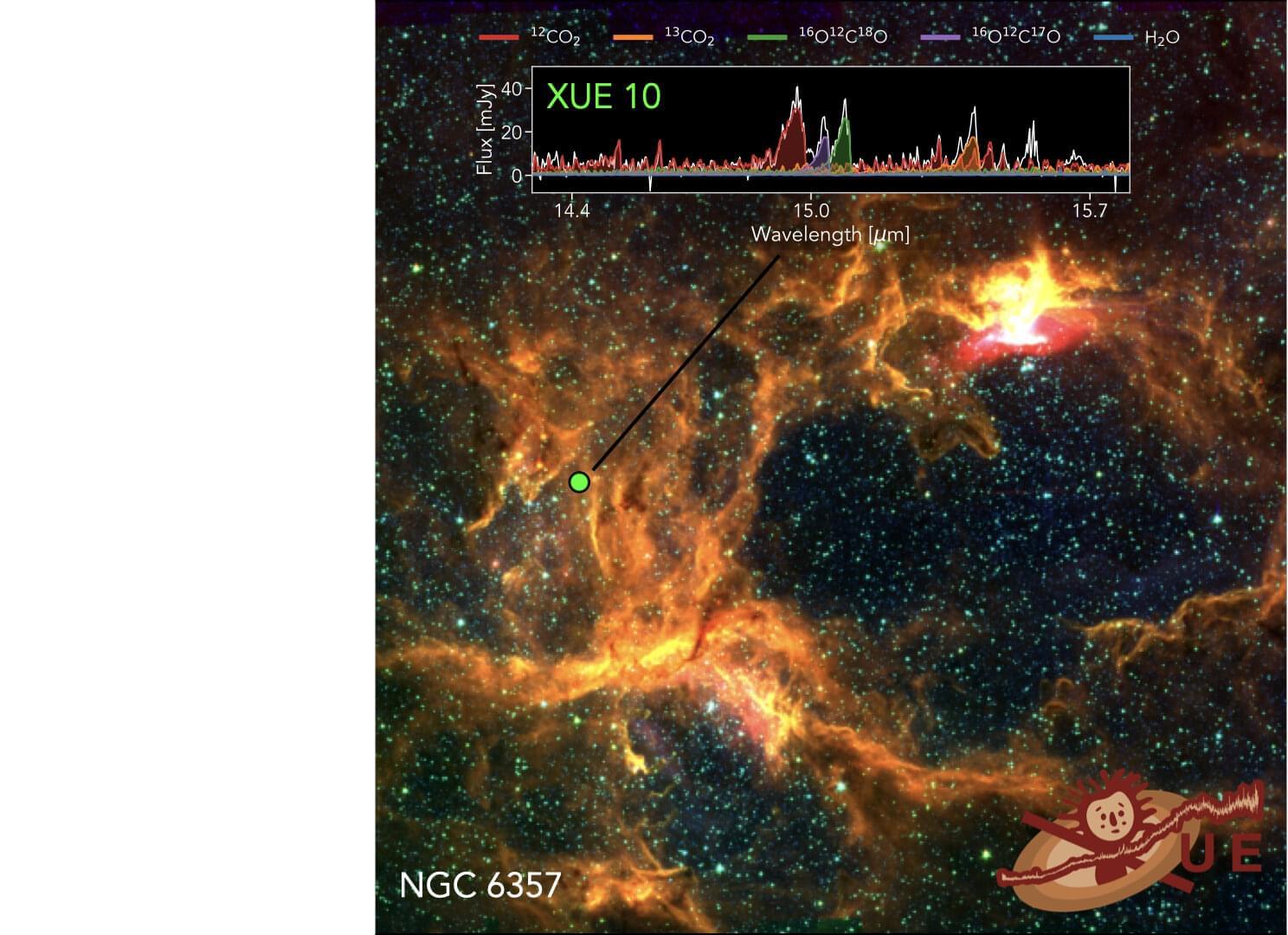
Unusual CO₂-rich disk detected around young star challenges planet formation models
A study led by Jenny Frediani at Stockholm University has revealed a planet-forming disk with a strikingly unusual chemical composition: an unexpectedly high abundance of carbon dioxide (CO2) in regions where Earth-like planets may one day form.
The discovery, made using the James Webb Space Telescope (JWST), challenges long-standing assumptions about the chemistry of planetary birthplaces. The study is published in Astronomy & Astrophysics.
“Unlike most nearby planet-forming disks, where water vapor dominates the inner regions, this disk is surprisingly rich in carbon dioxide,” says Jenny Frediani, Ph.D. student at the Department of Astronomy, Stockholm University.
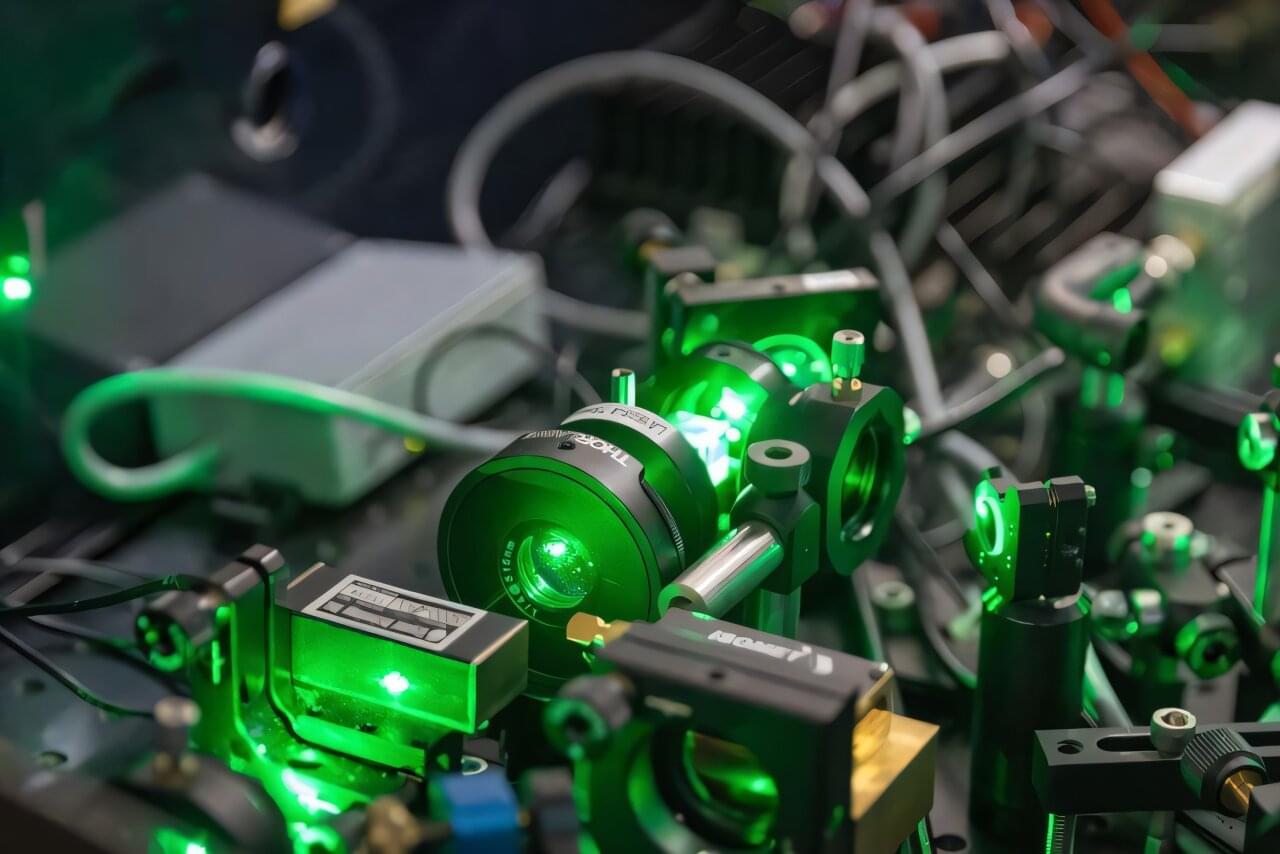
Physicists achieve record precision in measuring proton-to-electron mass ratio with H₂⁺
The molecular hydrogen ion H₂⁺ is the simplest molecule. This simplicity makes it a perfect study object for physicists, as its properties—for example, its energy levels—can be calculated precisely. In turn, this enables theoretical predictions to be compared with experimental measurements to determine whether the theories reflect reality correctly.